Hampi, the once glorious capital of the Vijayanagara empire, holds within its ancient ruins a rich tapestry of myth and legend, deeply intertwined with the epic Ramayana. As visitors wander through this bygone site, they encounter legends that point to specific locations resonating with characters and events from this timeless tale. Among these captivating spots are Sugriva’s Cave, Sita Seragu, and Sita Tank, each offering a glimpse into the mythical heritage of Hampi.
Sugriva’s Cave is situated on the banks of the Tungabhadra River, a short walk from the Kodandarama Temple and Chakratirtha. It’s approximately 1.5 Kilometers away from the Hampi Bus Stand.
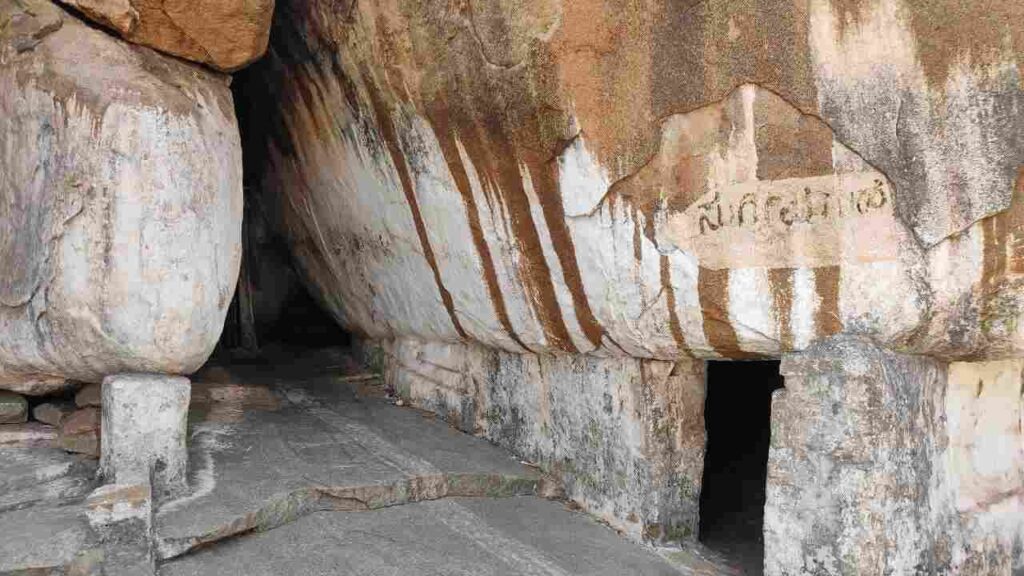
Table of Contents:-
Sugriva’s Cave is a naturally formed alcove nestled amidst the massive boulders that characterize Hampi’s hillocks. Standing on the banks of the Tungabhadra River, this cave isn’t grand or expansive. However, its significance lies in the legends that have been woven around it for centuries.
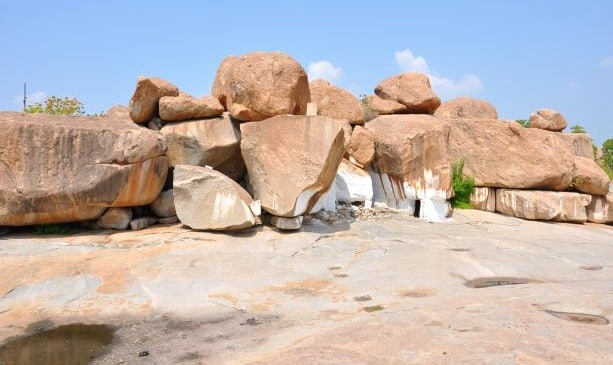
Quick Facts
- Timing: Daylight Hours Only
- Entry Fee: No entry fee required
- Photography: Allowed
- Location: Google Maps
Legend of Sugriva’s Cave
According to the Ramayana, Sugriva, the valiant monkey king, faced exile from his kingdom of Kishkinda after being ousted by his brother Vali. Seeking refuge, Sugriva and his loyal band of monkey warriors found sanctuary in Hampi, then believed to be Kishkinda. It is said that Sugriva’s Cave served as their hideout during this challenging period.
Legend says that when Rama came to Hampi searching for Sita, who was kidnapped by Ravana, Sugriva showed Rama the jewels that Sita dropped from Ravana’s flying chariot during her abduction.[1] This event is said to have happened at Sugriva’s Cave, making it a special place filled with history and myth.
Fate intervened when Lord Rama and Lakshmana arrived at Hampi in search of Sita, Rama’s wife, who had been abducted by the demon king Ravana. An alliance was formed between Rama and Sugriva. Rama promised to help Sugriva reclaim his throne in exchange for Sugriva’s assistance in finding Sita. Sugriva’s Cave is believed to be where this pivotal meeting took place, marking a turning point in the Ramayana narrative.
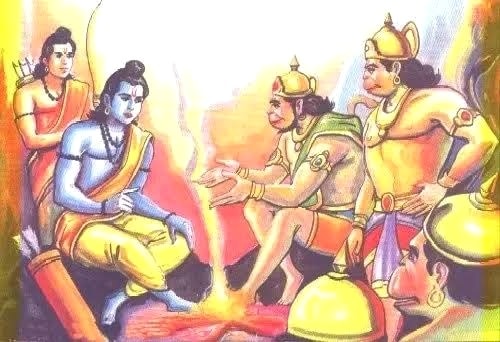
Exploring the Sugriva’s Cave
While Sugriva’s Cave holds historical and mythological significance, it’s important to manage your expectations when visiting. The cave itself is quite small, more of an alcove than a sprawling cavern. The entrance is narrow, and the interior is mostly dark. It’s advisable to carry a flashlight if you plan to explore the cave’s interior. Additionally, exercise caution while entering and exiting the cave due to uneven surfaces and potentially slippery rocks.
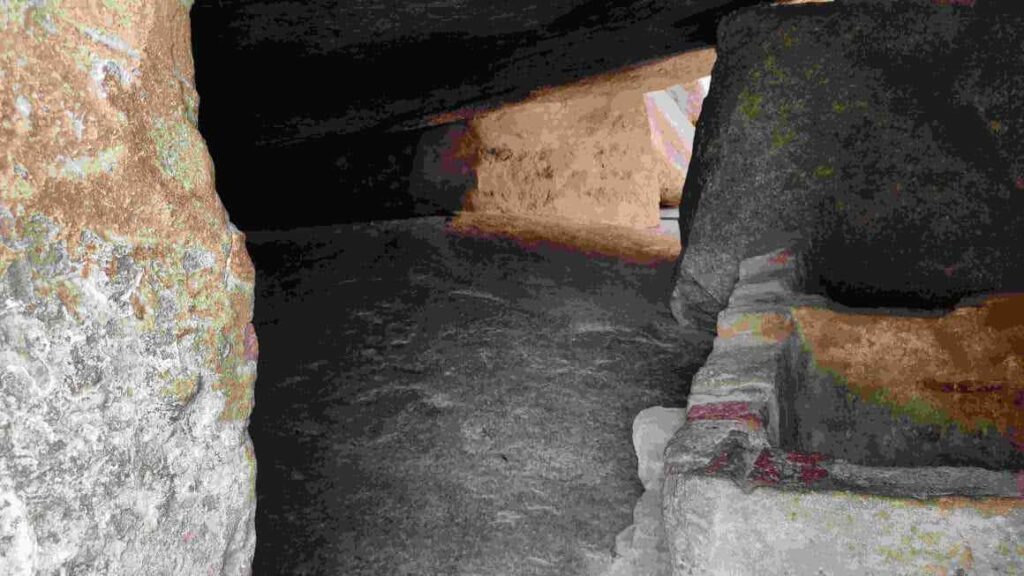
Adding a touch of intrigue to the legend are the carvings of footprints found near the cave entrance. These are believed to represent the footprints of Lord Rama and Lakshmana, further solidifying the cave’s association with the Ramayana story.
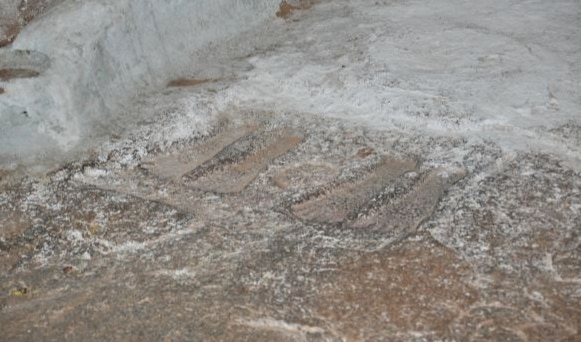
Sita Seragu: The Mark of Sita’s Sari
Stripes of Quartz or the Border of a Sari? Near Sugriva’s Cave lies another intriguing spot – Sita Seragu. This natural formation features two parallel strips of quartz veins running from the entrance up the entire length of a rock face. Legend associates these stripes with the border design on Sita’s garment. The story goes that when Ravana abducted Sita in his flying chariot, her sari brushed against the granite stone, leaving an imprint.[2]
While captivating, the legend has a more scientific explanation. The quartz veins are a natural geological formation caused by the crystallization of silica-rich fluids within the rock. However, the power of mythology often transcends scientific reasoning, and Sita Seragu remains a popular stop for those seeking a connection to the Ramayana.
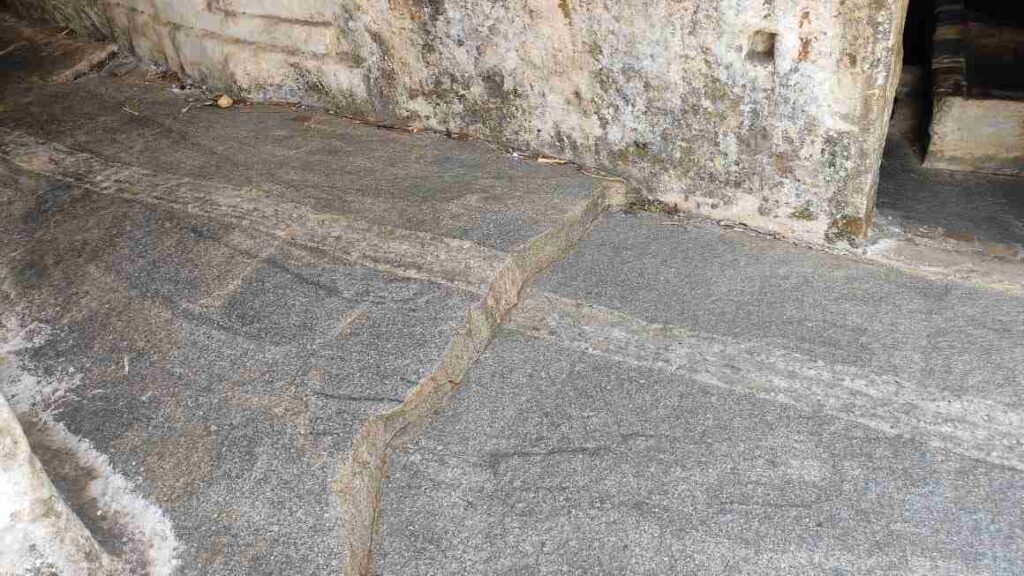
Sita Tank
Nageya Nayaka constructed a Gopinatha shrine to the right of the Narasimha Temple, in 1406 C.E., and subsequently, in 1410 C.E., he also built a mantapa dedicated to Goddess Mahalakshmi. The inscriptions here state that a marriage ceremony between Narasimha and Mahalakshmi was conducted in this temple.[3]
The tank was constructed for the rituals of worship and other ceremonies at the Narasimha Temple; this tank is known as the Sita Tank. It is situated to the northeast of the Sugriva’s Cave, and one can see that it a was built around a natural hill slope. Today, the water from the tank is used for irrigation through a lift irrigation process. The tank is simple structure associated with many legends.

Tips for Visiting Sugriva’s Cave
Are you planning to explore Sugriva’s Cave in Hampi? Here are some helpful tips to make the most of your visit:
Wear Comfortable Shoes:
The path to Sugriva’s Cave may involve some walking on uneven terrain, so wear comfortable shoes to explore the area comfortably.
Carry Water and Snacks:
There are no food or drink vendors near the cave, so it’s a good idea to bring water and snacks to keep yourself hydrated and energized during your visit.
Respect the Sacred Site:
Sugriva’s Cave is a place of religious significance, so maintain decorum and respect the sanctity of the site. Avoid loud noises and refrain from littering.
Watch Your Step:
Be cautious when exploring the cave, especially if you’re navigating the narrow passages or climbing over rocks. Watch your step to avoid accidents.
Learn About the Legends:
Before visiting, familiarize yourself with the legends associated with Sugriva’s Cave and the Ramayana. It will enhance your understanding and appreciation of the site.
Use a Flashlight:
Illuminate your exploration of Sugriva’s Cave by bringing along a powerful flashlight to navigate its mostly dark interior with ease and safety.
Visit During Off-Peak Hours:
Sugriva’s Cave can get crowded, especially during peak tourist seasons. Consider visiting during off-peak hours to enjoy a quieter and more peaceful experience.
Check for Guided Tours:
Guided tours are available in Hampi and can provide valuable insights into the history and significance of Sugriva’s Cave. Consider joining one to enrich your visit.
Be Prepared for the Weather:
Hampi can get hot during the day, so wear sunscreen, a hat, and lightweight clothing to protect yourself from the sun. If visiting during the monsoon season, be prepared for rain and mud.
Take Your Time:
Don’t rush through your visit. Take your time to explore the cave, admire the surroundings, and soak in the atmosphere of this ancient site.
Capture Memories:
Don’t forget to bring a camera or smartphone to capture memories of your visit to Sugriva’s Cave and the beautiful landscapes of Hampi.
Gallery:-


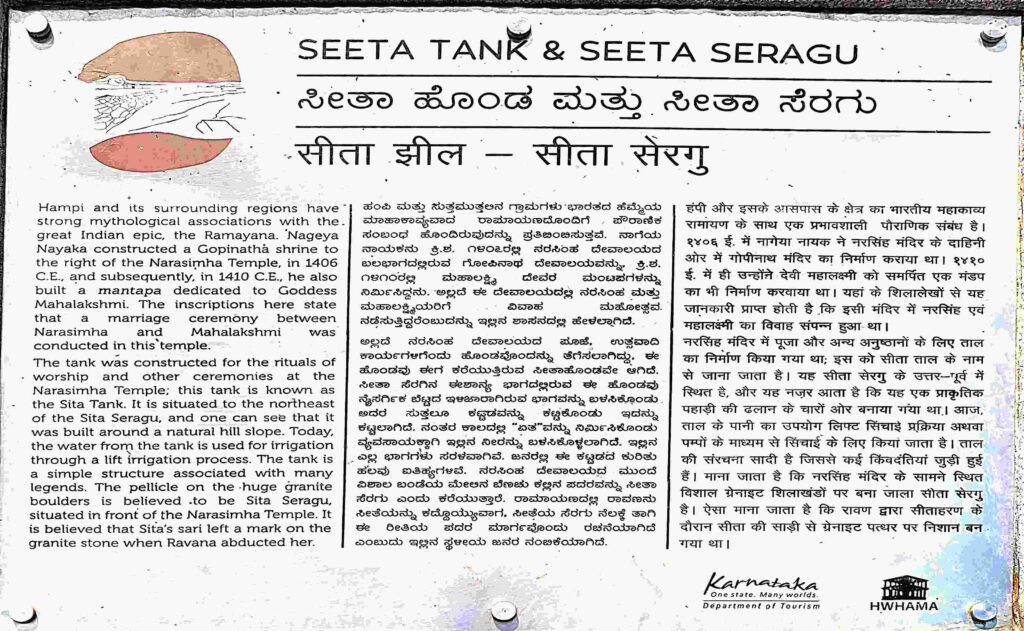
References:-
References from the Following Sources;